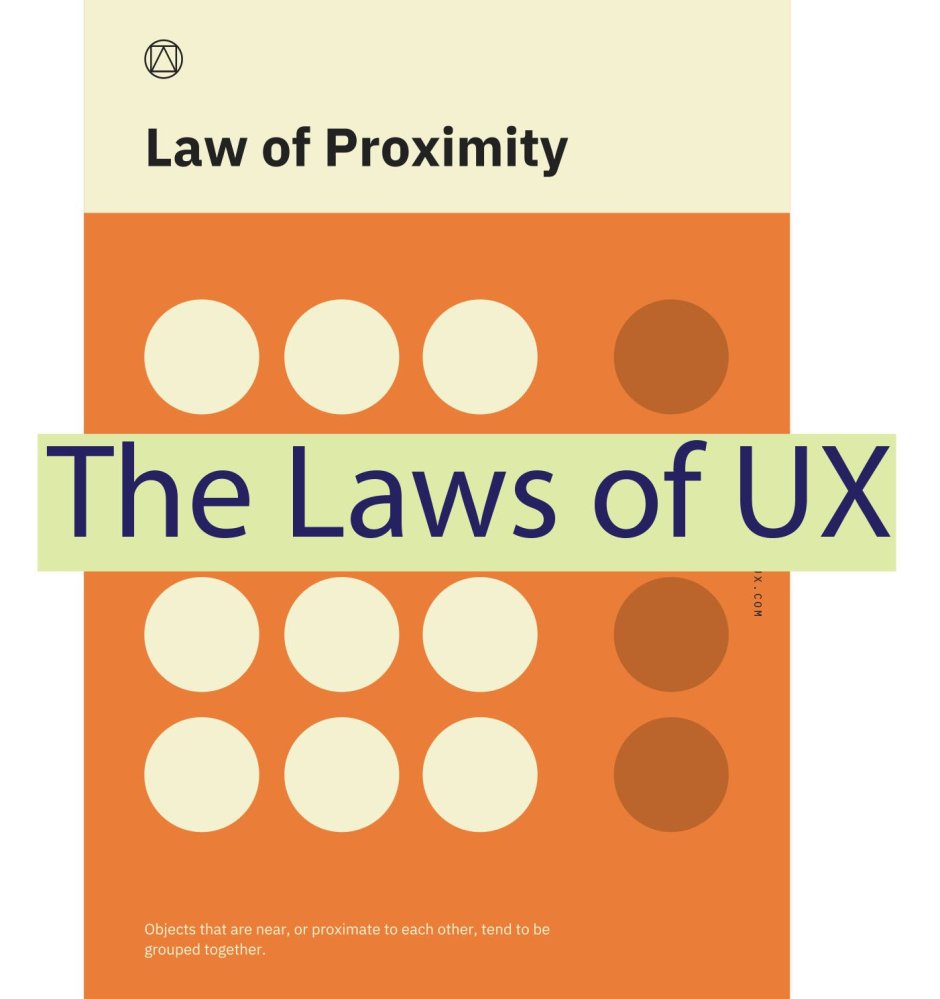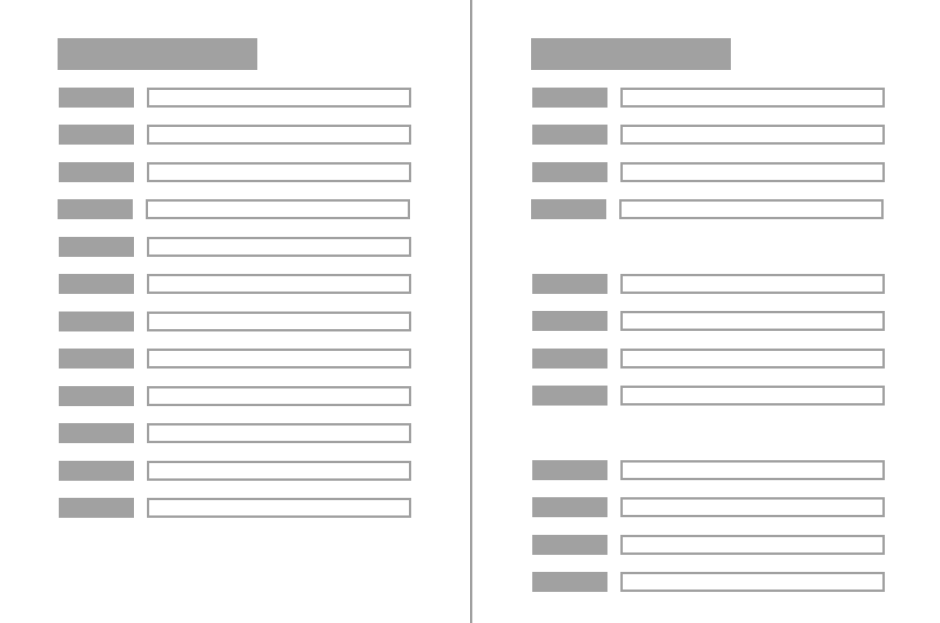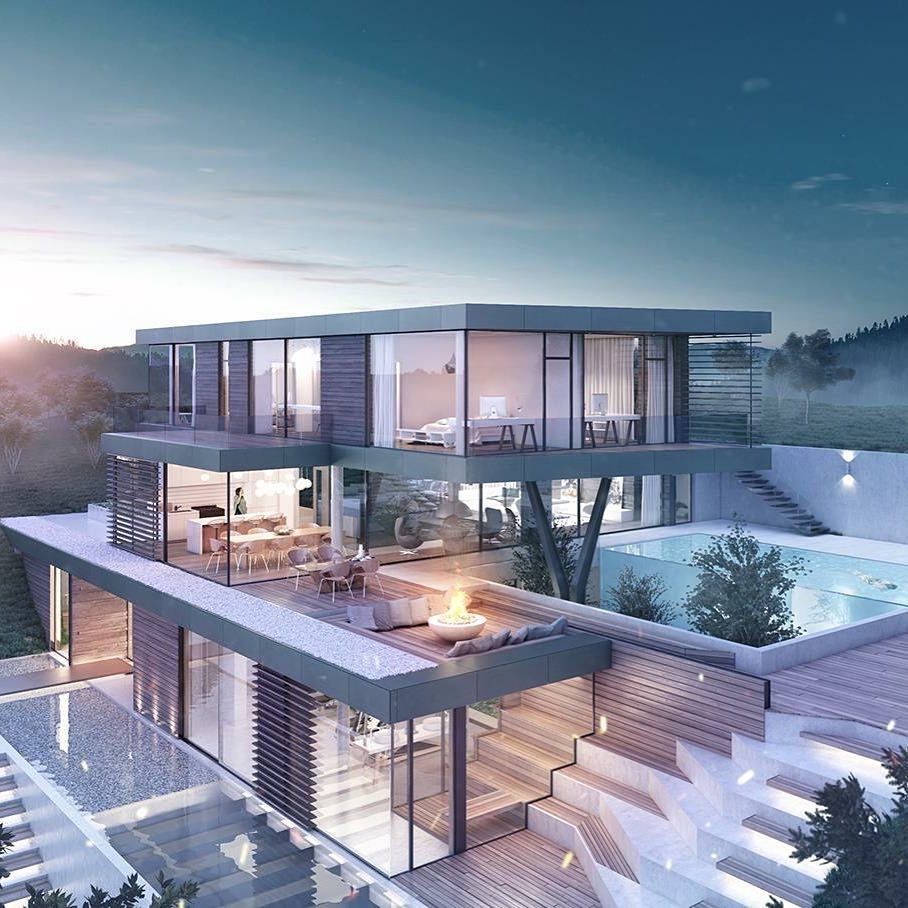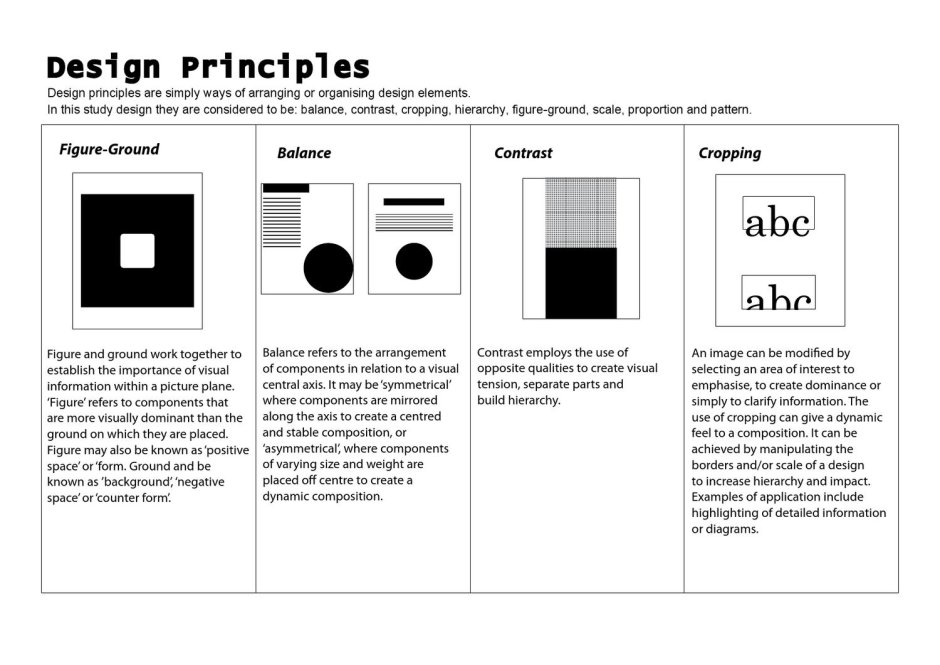Gestalt closure
Gestalt closure is a fascinating concept that plays a crucial role in how our brain perceives and processes visual information. It refers to our innate tendency to fill in the missing parts of an incomplete image or shape, allowing us to see a complete and meaningful whole.
When we look at an object or a scene, our brain strives to make sense of the information it receives. Gestalt closure is what enables us to recognize familiar objects even when they are not fully visible. It is like solving a puzzle, where we mentally connect the dots to create a cohesive picture.
This phenomenon is based on the principles of Gestalt psychology, which emphasizes the importance of the whole being greater than the sum of its parts. Our brain naturally seeks patterns and completeness, so when we encounter fragmented or ambiguous stimuli, it automatically tries to fill in the gaps.
The concept of Gestalt closure can be observed in various aspects of our daily lives. For example, when reading a sentence with missing letters or words, we effortlessly comprehend the intended message by relying on context and our knowledge of language. Similarly, when watching a movie with fast-paced editing, our brain seamlessly connects the scenes to create a continuous narrative.
Artists and designers often utilize Gestalt closure to engage viewers and evoke their imagination. By strategically leaving certain elements open to interpretation, they invite the audience to actively participate in completing the visual composition. This technique adds depth and intrigue to artworks, leaving room for personal interpretation and emotional resonance.
Understanding Gestalt closure can also be beneficial in fields such as advertising and user experience design. By leveraging this principle, marketers can create visually compelling advertisements that capture attention and convey messages effectively. Likewise, UX designers can optimize the usability of digital interfaces by ensuring that users can easily comprehend and interact with the interface elements.
In conclusion, Gestalt closure is a captivating phenomenon that demonstrates the remarkable capabilities of our brain. By filling in the missing pieces of incomplete stimuli, we can perceive the world as a cohesive and meaningful whole. Whether in art, design, or everyday life, this concept plays a vital role in shaping our perception and understanding of the visual world around us.













































































